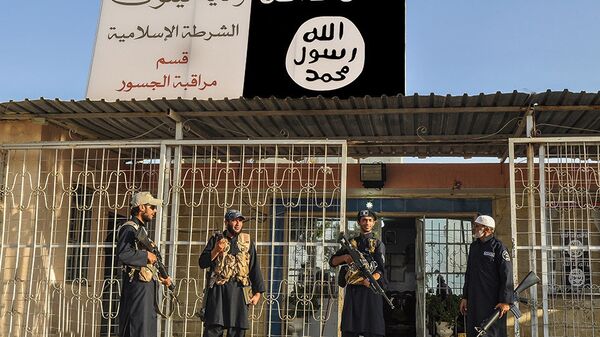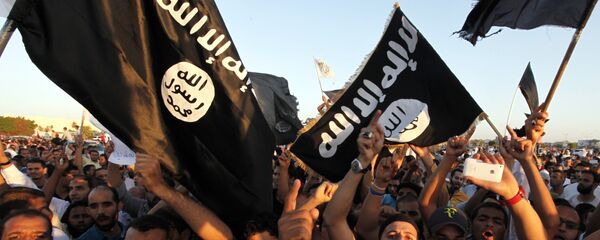Recently, the Libyan interior ministry reported that around 5,000 Daesh militants are now thought to be fighting in the country. Most of the fighters are foreigners and from Northern African countries.
On December 11, the Libyan National Army launched an offensive against the terrorists in Ajdabiya on December 11. The objective is to expel Daesh and other jihadists from the city. Currently, the group is not fully in control of the city but since October it has expanded its presence, having carried out a series of attacks against security targets and a series of assassinations.
The elimination of security officials and politicians is a typical tactic used by Daesh in Syria, Iraq and now in Libya, notably in Sirte. It is aimed at preparing the ground before attempting to seize control, according to the article.
The current terrorists’ operations in Sabratha and Ajdabiya come while Daesh has turned Sirte into its de-facto capital in Libya, replicating similar efforts at establishing its governance in Syria and Iraq, the article read.
Second, Daesh considers Libya as the most favorable country where a regional hub of its North African "caliphate" could be established.
Finally, according to the article, Daesh’s strategy is aimed at provoking a Western military intervention, especially on the ground, in Libya. An intervention would ease the military pressure on Daesh in Syria and Iraq. It also gives the group a more resilient alternative base.
After a civil war in which NATO-backed rebels ousted long-time leader Muammar Gaddafi in 2011, Libya failed to transition to another stable government, which led to another civil war in 2014, although negotiations are underway which may bring an end to the conflict. Daesh has taken advantage of the situation, capturing territory around the coastal town of Sirte, between the territories held by the conflict's two main warring sides.






